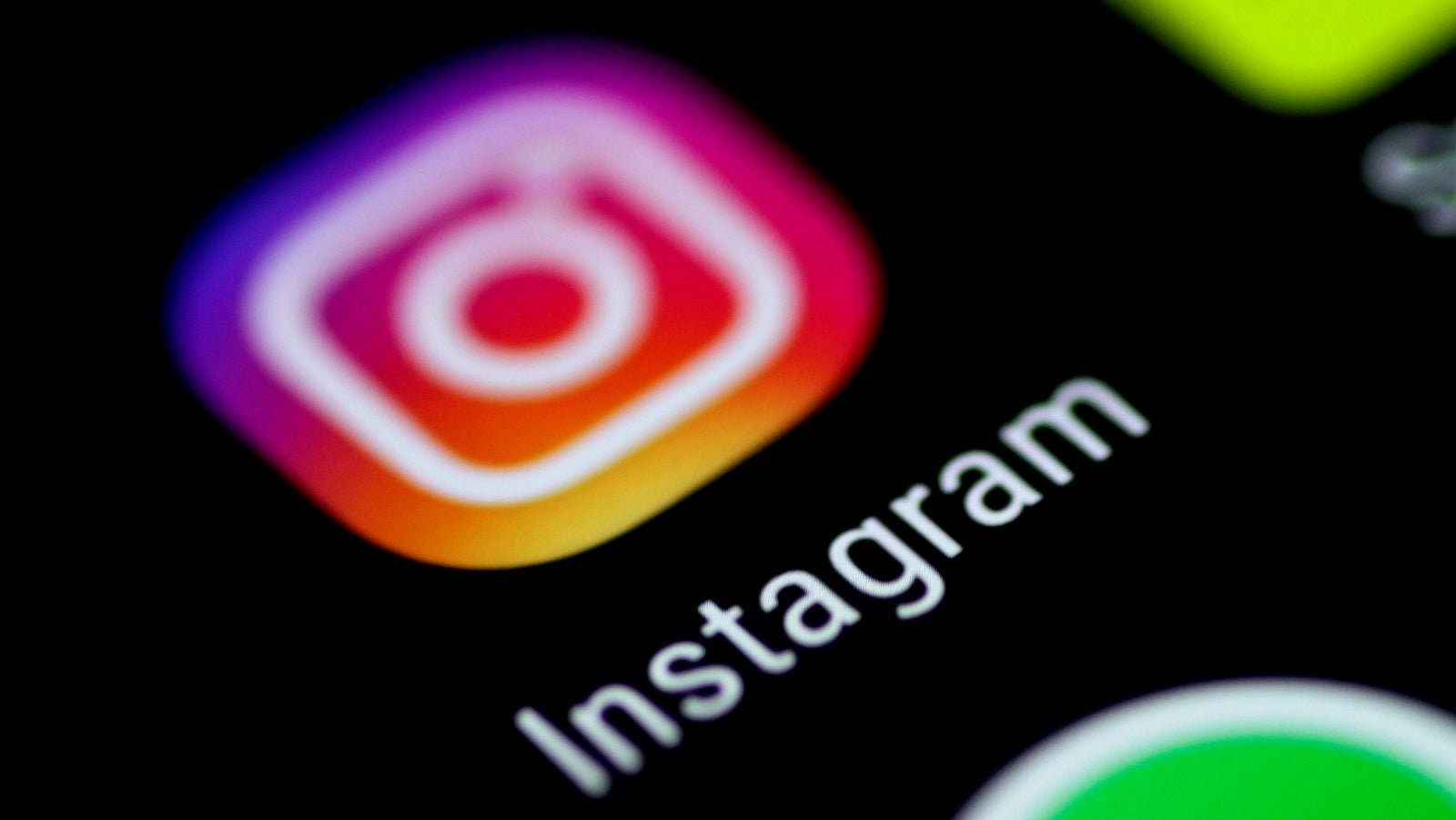How Instagram is putting food on the table for Indian influencers
Food-related content is part of Instagram’s bread and butter in India. And increasingly, such posts are from the “Instagram famous,” or “influencers.”


Food-related content is part of Instagram’s bread and butter in India. And increasingly, such posts are from the “Instagram famous,” or “influencers.”
This growing epicurean interest has not gone unnoticed.
On Nov. 19, the Facebook-owned photo-sharing app held an event in New Delhi to “discuss all things food” with those seeking influencer-fame. The session, billed as a “masterclass,” was just like events Instagram has held earlier for fashion in India and globally.
Saket Jha Saurabh, the head of entertainment partnerships at Facebook India, flagged it off with a talk on strategies to grow one’s Instagram presence (in one word: video). He announced the top 10 food hashtags used in India as of that day, which included #kolkatadiaries, #delhigram, #southindianfood, and #paneer. The last one was “the revenge of the vegetarians,” he quipped.
Saurabh’s talk was followed by a panel discussion involving several successful Instagram influencers from the food segment. Many of them spoke candidly about strategies to earn money through relationships with brands.
“I’ve always tried to make sense out of Instagram in terms of putting engaging content, of course, but also monetising it and making it into a business model for me,” Kunal Kapur, a chef with almost half-a-million followers on Instagram, told the audience. “And it does make a lot of business sense.”
Yet, these influencers have also had to adapt to changes in the digital ad market.
Recipe for growth
Of Instagram’s billion-odd global users, an estimated 71 million are in India, making the country its second-largest base after the US.
While it still trails Facebook in terms of digital ad revenue, the app seems to be growing quickly. A Facebook insider told FactorDaily in September that Instagram in India was earning its parent company about $70 million annually, more than double what it was earning a year earlier.
Around $7 million of this revenue likely comes from the food segment, Roopak Saluja, founder and CEO of the 120 Media Collective, a communications and content group, told Quartz. This estimate, he said, comes from the fact that food is likely “around 10%” of the revenue, being one of the major segments, alongside beauty, fashion, and travel.
That’s also why more and more influencers are finding their space on Instagram.
“The influencer community has actually really come up quite amazingly over the past year, year and a half,” Saluja said. “Even people who have a few thousand in terms of fan following get calls from food brands of different sizes to help them market. Because obviously food, like other spaces, is very dependent on word of mouth.”
The app’s newer features have made influencers more bankable, allowing them to release content in different formats. Instagram TV (IGTV), a long-form video platform which rolled out this July, has enabled people to upload long recipe walk-throughs.
However, all this has also brought additional challenges.
New influences
With the platform’s user base maturing, Indian Instagram users have become savvier in identifying brand plugs. “Customers today are evolved and pick up out-and-out brand promotions,” Prashant Gopalakrishnan, senior vice-president at digital media firm Dentsu Webchutney, told Quartz. “I think influencers are now becoming more and more subtle about how to integrate brand content.”
Archana Doshi, whose healthy-recipe page has over 130,000 followers, said she is careful about what she endorses, ensuring they connect with her personal brand even if they’re not directly food-related. “If I were to do something which is not very relevant, I would have to see the right way to connect with the audience,” she said.
Recently, when Doshi endorsed Parachute coconut oil, a popular brand in India, she drew on the fact that “I actually had a genuine problem, where I didn’t have time to take care of my hair, and this hair oil came to the rescue.”
Another change affecting the influencer community is Instagram’s crackdown on fake followers and fake likes. On Nov. 19, the company posted a statement saying it is aiming to reduce “inauthentic activity” on the platform. It is trying to curb the use of third-party apps to boost one’s profile. An expert quoted by the Mint newspaper estimates that around 40% of Indian influencers use such apps.
Deeba Rajpal, an influencer who has run a page about baking since 2011, says brands are more interested in checking a user’s engagement figures over just the the number of followers, now that it is common knowledge that followers can be bought. Brands, she said, also keep close tabs on an influencer’s analytics. “They want to see what your audience is, where it’s coming from, what the better times of posting are,” she said.
With Instagram’s explosive growth, Rajpal has also noticed that those who follow her are increasingly from non-elite backgrounds. So, catering to their interests, she posts a lot of baked goods that do not require an oven. “We have a lot of aspirational people here,” she said. “They want chocolate, but they don’t want to eat chocolate out of a box. So I do stuff which is no-bake as well.”
Similarly, the platform used to be once flooded with pictures of fancy preparations and Starbucks lattes, Saluja said. Now there are many more users sharing photos of Indian food, regional recipes, and other content with wider appeal.
If Instagram keeps expanding in India, it is only likely to see more growth among non-elite users. ”If you want to get from 70 million to 300 million (users), it’s not going to be the cool urban kids who are going to take you there,” Saluja said.